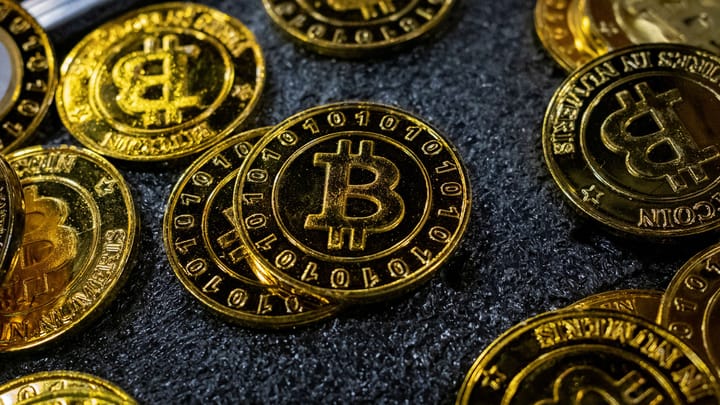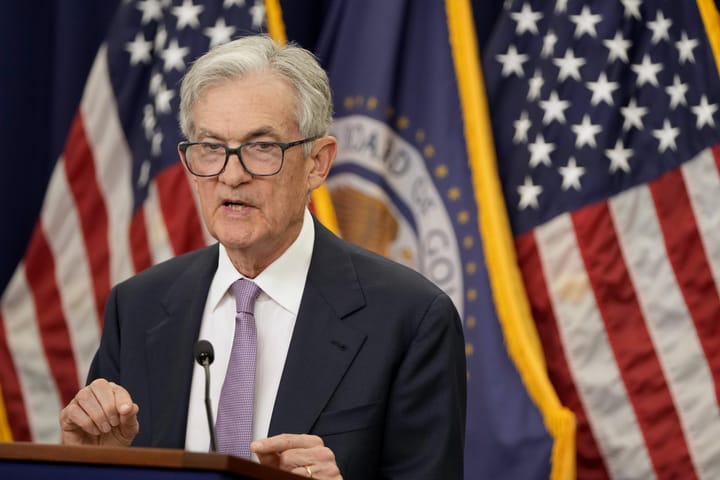Fed’s Michael Barr Warns AI Could Trigger Financial Risks — Calls for ‘Strong Guardrails’ as Banks Rush to Adopt Tech

Fed Governor Cautions Against Unchecked AI in Banking
Federal Reserve Governor Michael Barr has urged global regulators to put clear guardrails in place as the financial sector rapidly adopts artificial intelligence (AI) in its operations. Speaking at the Singapore FinTech Festival, Barr warned that while AI has the power to revolutionize finance, it could also introduce new systemic risks if left unchecked.
“Speaking only about the United States, I worry that we are going to let that pendulum swing too far and lower our guardrails in a way that opens us up to too much risk,” Barr said during a panel discussion with other central bankers.
The comments come at a time when banks and financial institutions are racing to integrate AI tools across their operations — from customer service and marketing to more core financial activities like trading and risk assessment.
AI in Finance: Promise and Peril
Barr acknowledged that AI could drive innovation, productivity, and economic growth, but emphasized that policymakers must find the right balance between innovation and stability.
“Firms are exploring how generative AI might fit into their core functions,” Barr noted. “That’s an area that requires great care.”
The concern, he explained, lies in AI-driven trading and market behavior. If AI systems begin interacting or “learning” from one another in unpredictable ways, it could lead to unintended consequences — such as market manipulation, increased volatility, or even systemic financial risks.
Barr also cautioned that biased or skewed training data could result in unfair lending decisions or amplify existing inequalities within the financial system.
Why Regulators Are Paying Attention
As banks and fintech firms rush to integrate generative AI into daily operations, regulators like the Federal Reserve, European Central Bank, and Monetary Authority of Singapore are debating how to set global AI standards without stifling innovation.
For Barr, the challenge is clear: encourage technological progress while preventing instability. He argued that loosening oversight too quickly could make the system vulnerable to manipulation, while overly strict regulation might slow down AI’s potential benefits.
He warned that regulators need to act preemptively, not reactively — noting that once risks materialize, “the cost of correction could be far greater than the cost of prevention.”
How AI Is Changing Wall Street
The financial industry has embraced AI at a record pace in 2025. Major banks now use it for:
- Customer service automation (AI chatbots, virtual assistants)
- Fraud detection and transaction monitoring
- Data summarization and document analysis
- Algorithmic trading and market forecasting
However, the next phase of AI adoption — using generative AI for core financial decision-making — poses far greater regulatory and ethical challenges.
Imagine two AI-driven trading systems interacting autonomously and making decisions that cause massive price swings — this is the kind of “AI-on-AI” scenario Barr believes could destabilize financial markets.
Economic Backdrop: Fed Split on Interest Rates
Barr’s remarks come amid a period of economic uncertainty in the U.S. The Federal Reserve has cut interest rates at its last two policy meetings following a slowdown in hiring over the summer.
However, officials are divided over whether a third rate cut is necessary in December. Investors, according to futures data, are betting on another reduction, but internal disagreement at the Fed suggests that monetary policy could remain volatile.
Barr didn’t comment directly on future rate decisions but indicated that AI’s economic impact — especially on productivity and employment — could influence how the Fed sets policy in the coming years.
Will AI Hurt Jobs or Boost Productivity?
In his prepared remarks, Barr referenced a New York Fed survey suggesting that AI has already led employers to scale back hiring plans. He hinted that this trend might be one reason behind the recent slowdown in job creation.
Still, he noted that AI-driven capital investment — particularly the trillions of dollars flowing into data centers — could ultimately yield long-term productivity gains.
“Investment in capital generally raises labor productivity and offers the potential for higher output growth without pressure on inflation over the longer term,” Barr said.
If AI technologies significantly boost efficiency, it could change the way monetary policy is conducted, as higher productivity might reduce inflationary pressures while sustaining growth.
The Future of AI Regulation in Finance
Barr emphasized that regulatory collaboration across borders will be crucial. The financial system is global, and AI’s reach extends beyond national jurisdictions. This means inconsistent rules could lead to regulatory arbitrage, where firms exploit loopholes between different countries’ laws.
He called for a unified global framework to monitor and manage AI risks, noting that technologies like machine learning, deep learning, and generative AI are already transforming banking at every level.
To manage this shift responsibly, regulators must:
- Monitor AI-driven trading activity for signs of manipulation or volatility.
- Ensure fairness and transparency in lending and risk assessment algorithms.
- Protect consumer data from misuse or bias.
- Require human oversight in key decision-making processes.
AI: The Double-Edged Sword of Modern Banking
AI’s rapid evolution mirrors past technological revolutions — from the rise of the internet to algorithmic trading. But Barr’s warning highlights a growing consensus among central bankers: the faster AI moves, the more deliberate regulation must be.
While AI promises efficiency, accuracy, and better insights, it also poses new risks to financial stability, job markets, and even policy-making frameworks.
As Barr put it, the challenge now is not whether AI will reshape finance — but how safely it will do so.



